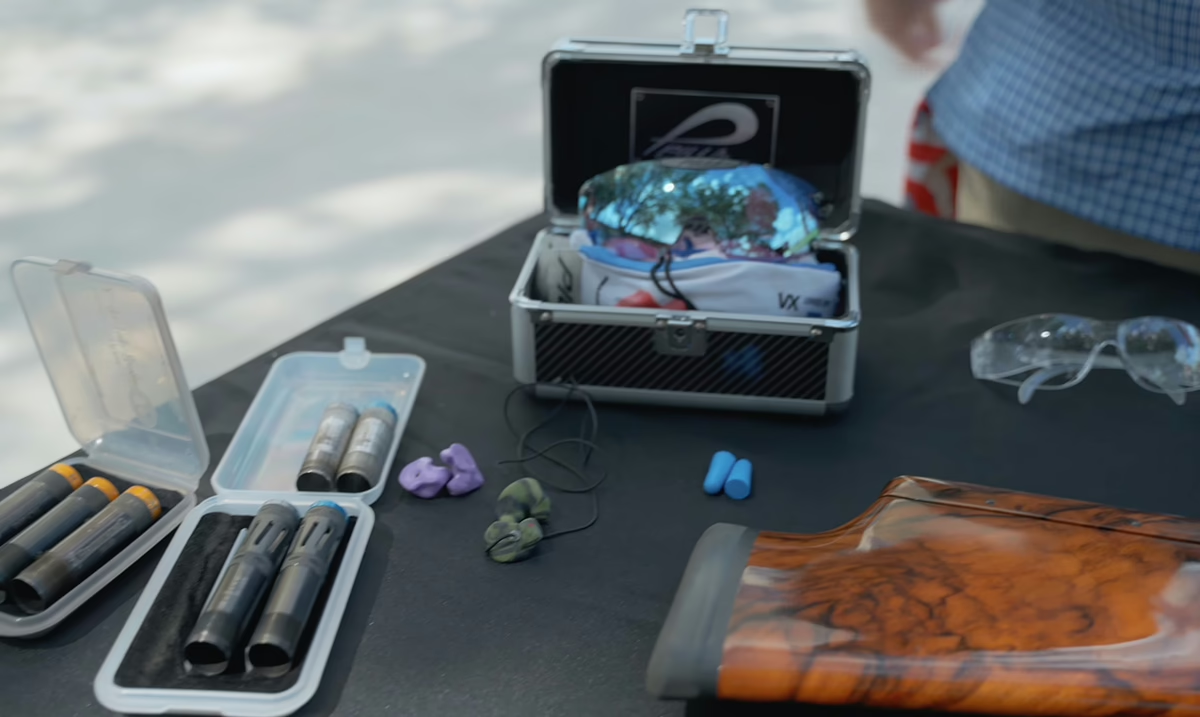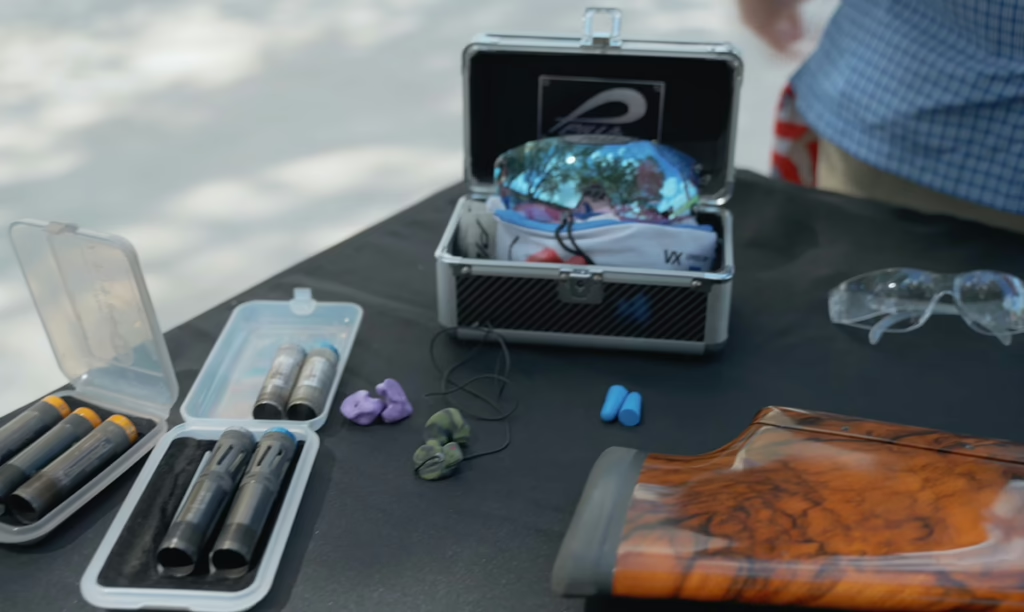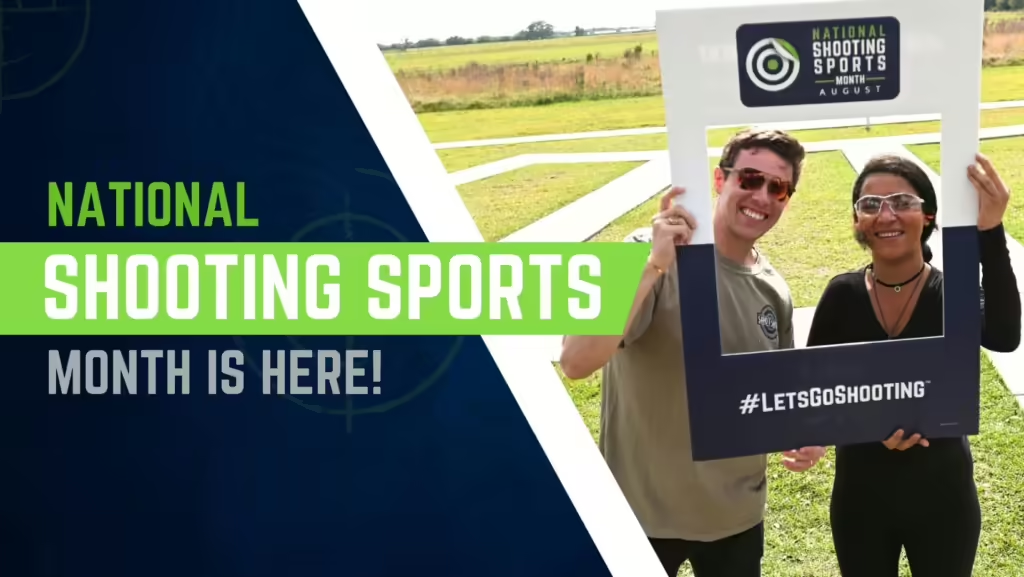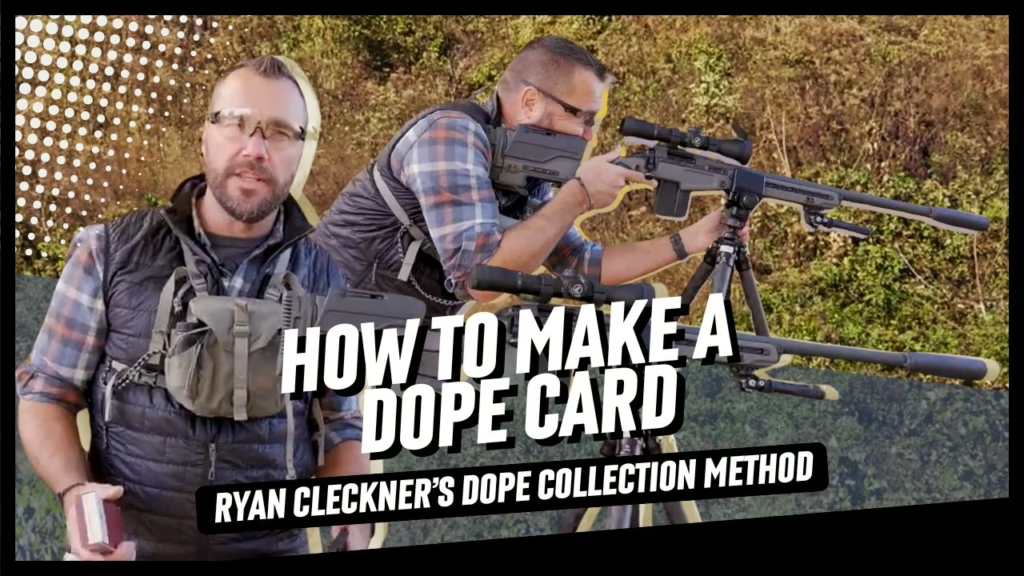
If you’re ready to try your hand at clay target sports like trap, skeet or sporting clays, you might be wondering: What equipment do I need to start clay shooting? The good news is that getting started is easier than you think—and you don’t need the most expensive gear to enjoy a day at the range.
In this video, Nathan Boyd, Assistant Director of the National Shooting Complex, provides an overview of the essential equipment you’ll need for sporting clays, skeet or trap shooting.
Here’s a beginner-friendly guide to the essential equipment you’ll need for clay shooting sports:
1. Shotgun
The shotgun you use will influence your comfort, accuracy and long-term success. You don’t need a competition-grade shotgun to get started—but the right fit and gauge make a big difference.
Best Shotguns for Clay Sports:
- Over/Under Shotguns – Preferred for sporting clays and skeet due to two-barrel options for multiple choke setups.
- Semi-Automatic Shotguns – Great for beginners; reduced recoil and easy handling.
To learn more about shotgun types, fit and what suits different shooters:
Visit Shotgun Basics to get familiar with break‑action, pump and semi‑auto styles.
Learn about proper gun fit and why shooting “where you look” matters in Shotgun Fit — A Key Component to Shooting Success
2. Choke Tubes
Chokes are small inserts at the end of your shotgun barrel that control the spread of your shot. The type of choke you use depends on the discipline (trap, skeet or sporting clays) and the distance of the target.
- Skeet often uses more open chokes like Cylinder or Skeet.
- Trap may call for Improved Modified or Full chokes due to longer target distances.
- Sporting clays varies greatly, so adjustable or interchangeable chokes can be useful.
Discover how chokes control shot spread and their impact on accuracy in Understanding Shotgun Chokes.
3. Ammunition
You’ll need target loads specifically designed for clay shooting. These come in different gauges, with 12-gauge being the most common.
Look for:
- Shot size: #7.5, #8 or #9
- Velocity: Typically between 1,100–1,300 feet per second
- Shell length: Most commonly 2¾ inches
For a comprehensive breakdown of shot sizes, shell anatomy and selecting appropriate gauge and payload, see Shotgun Shells Explained – The New Shooter’s Dictionary.
To understand gauge distinctions and their effects on recoil and pattern performance, read Shotgun Gauges | Understanding the Basics.
4. Eye and Ear Protection
Eye and ear protection isn’t optional—it’s essential. You’ll need:
- Shooting glasses to protect your eyes from flying clay or debris.
- Hearing protection, such as foam earplugs or electronic earmuffs.
Many ranges offer rentals, but owning your own ensures comfort and proper fit.
Learn more about the importance of proper eye and ear protection here.
Learn how colored lenses enhance visibility in different shooting conditions and how safety gear improves target acquisition in Shooting Glasses for the Clay Sports—More Than Just Protection.
5. Shell Pouch or Shooting Vest
Carrying your ammo comfortably is important, especially during events or practice rounds. A shell pouch or clay shooting vest will help keep your shells handy and may also include a place to store spent shells.
6. Optional Gear
While not essential, a few additional items can improve your experience:
- Range bag to keep gear organized
- Shooting gloves for comfort and grip
- Cap or hat for sun protection
Bring It All Together: Start Shooting Safely
You’re now equipped with the knowledge to pick the right gear and make smart choices before heading to the range. Remember:
- Start with a comfortable, reliable shotgun.
- Be sure to bring your interchangeable choke tubes.
- Match choke and ammo to the discipline you’re shooting.
- Prioritize safety with proper vision and hearing protection.
- Stay organized with a pouch or vest.
- Consider adding extras to make your day even more enjoyable.
Ready to Hit the Range?
Now that you know what equipment is needed for clay shooting, the next step is finding a range near you. Whether you’re shooting trap, skeet or sporting clays, the most important thing is to get started and have fun.





